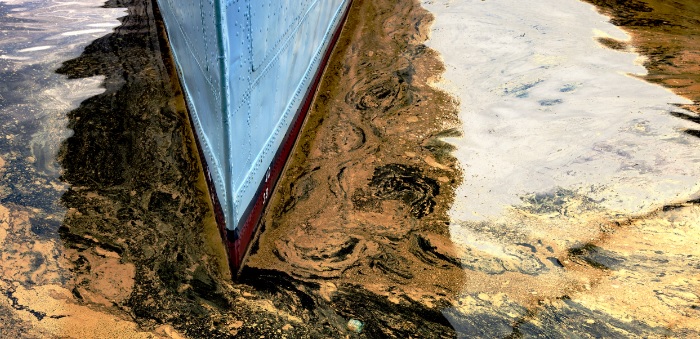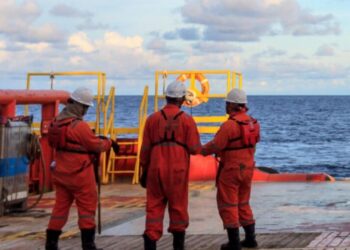The new regulations on prevention and control of ship pollution are coming into force on 1 May, 2018 in Tianjin, Northern China’s largest port. This set of regulations apply to pollution caused by vessels, as well as their relevant operations in the territory of Tianjin Port. It also includes navigation, berthing as well as operation. China Classification Society provided an unofficial translation of the original Chinese regulations.
Key points
- Vessels are prohibited from using incinerators within the Tianjin port. The Maritime Safety Administration (MSA) will need to rectify any violation of this regulation as well as pay penalties ranging from ¥3,000 up to ¥30,000.
- Vessels navigating, berthing and operating for more than 30 days or undergoing repair operations in the dock within the Port, shall lead-seal the pollutants discharge equipment. A vessel shall notify MSA in advance if it unseals the pollutant discharge equipment. MSA will need to rectify any violations of this regulation as well as pay penalties ranging from ¥2,000 up to ¥20,000.
- If the ship’s pollutants are received by the reception unit, the reception agreements shall be signed in advance to clarify the responsibility for safety and pollution prevention.
- At the present stage, all vessels berthing at Tianjin Port should use fuel with sulfur content ≤0.5%m/m or clean energy.
- During transportation and operation of cargos with hazards i.e gases or dust, which require fully sealed operations, measures shall been taken to recover these hazards. MSA will need to rectify any violation of this regulation as well as pay penalties ranging from ¥3,000 up to ¥30,000.
[smlsubform prepend=”GET THE SAFETY4SEA IN YOUR INBOX!” showname=false emailtxt=”” emailholder=”Enter your email address” showsubmit=true submittxt=”Submit” jsthanks=false thankyou=”Thank you for subscribing to our mailing list”]
- In the following two cases, deck washing is prohibited:
- Deck is contaminated with pollutants;
- The vessel is located in special protection zones, i.e. marine nature reserves, marine special protection areas, agricultural and fisheries areas, salt field conservation areas, and in the downstream waters of the Haihe River.


































































